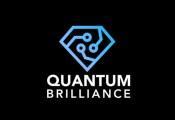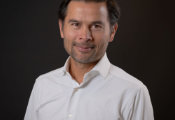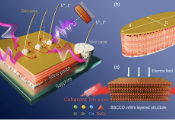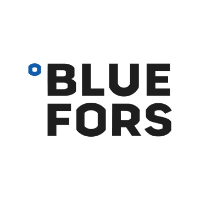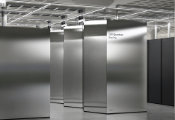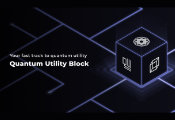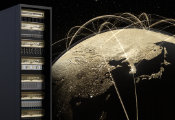Army Researchers Tap Quantum Computing to Optimize Wildfire Prevention
May 06 2025 -- U.S. Army engineers have developed an innovative approach to wildfire prevention by applying quantum computing to optimize the placement of fuel breaks, treated areas of land that help prevent fire spread. The research, led by Samuel Dent, a research mathematician with the U.S. Army Engineer Research and Development Center, has demonstrated significant improvements over traditional methods.
"Traditional methods for placing these fuel breaks rely heavily on the personal experience of professionals working in the area," said Dent.
"We wanted to tackle this in a more formalized way, utilizing optimization to give us more informed decisions."
The team adapted network separation modeling techniques, similar to those used in epidemiology, to analyze forest areas and determine optimal fuel break placement. Using D-Wave's quantum computing platform, they tested their approach on a forested region near Santa Cruz, California, comparing results against conventional ridge-line techniques.
The quantum-assisted approach proved remarkably effective, achieving better results than traditional methods, whether configured to minimize resource usage or maximize protection coverage. In testing scenarios using 190 acres for fuel breaks, the quantum solution consistently outperformed traditional methods in forest protection metrics. The system's flexibility allows for fine-tuning between minimizing the area needed for fuel breaks while maintaining optimal protective coverage.
The research team converted forest areas into mathematical networks, with 1,492 nodes representing tree clusters and 4,637 edges representing potential fire spread paths. They incorporated data from the National Wildfire Coordinating Group to model maximum spotting distances — how far embers could travel to spark new fires.
"We made the innovation to allow for near-equal rather than exactly equal partitioning," Dent said.
"This opened up different options for fuel break placement while maintaining effective protection."
The system is designed to address worst-case wildfire scenarios, accounting for random fire ignition points throughout the forest, comprehensive fire spread through connected areas and reliance solely on pre-placed fuel breaks for containment.
While the research is still in development, the study demonstrates how quantum computing could transform forest management and wildfire prevention strategies, allowing forest managers to optimize for different priorities.

